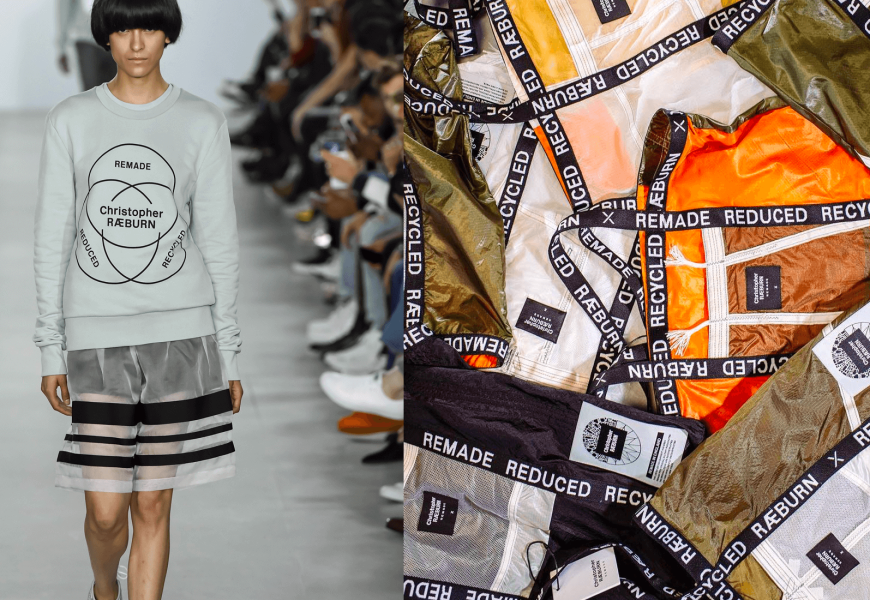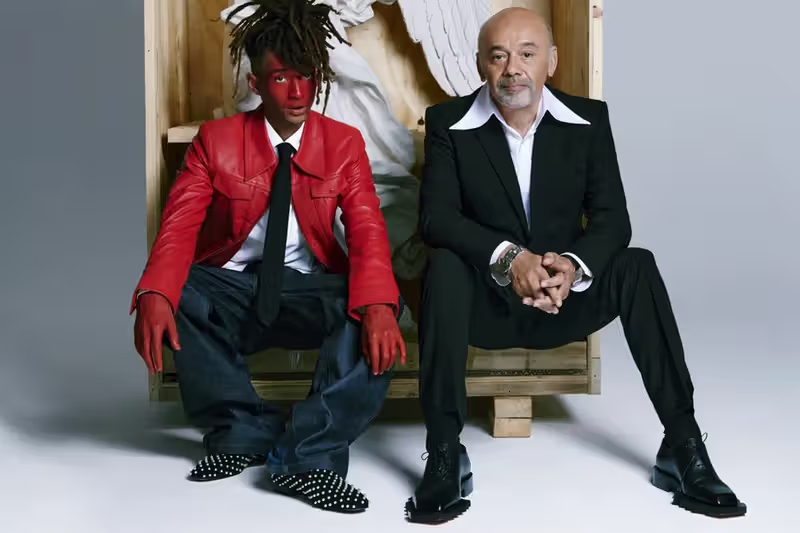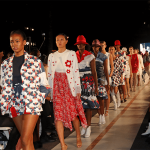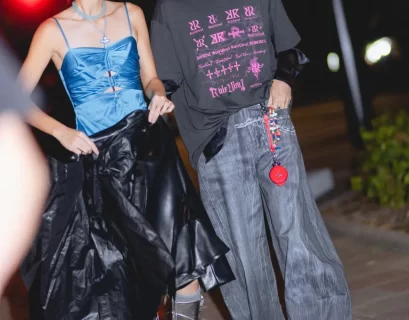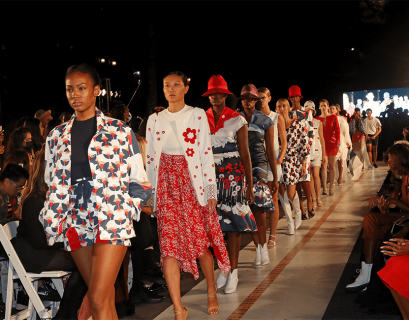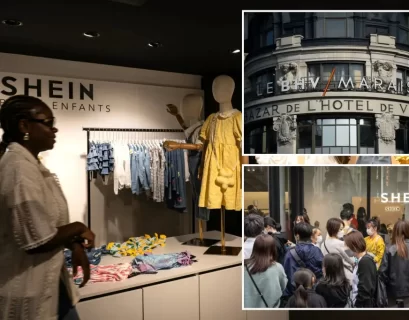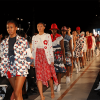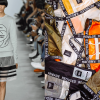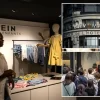Sustainable fashion can be profitable when built with focus and clear proof of impact. Independent designers win by starting tight, pricing honestly, and tracking simple metrics. The goal is a brand that sells repeatably, wastes less, and reports progress in plain language. That is not theory, it is a workable plan for sustainable fashion founders.
Proof it works: successful sustainable brands designers can learn from
Labels that invest in better materials, repair culture, and transparent reporting keep customers longer and return rates lower. Patagonia’s lifetime care promise built trust and demand over decades, supported by public accountability reports. Reformation pairs trend-led design with clear impact data at the product level, which makes value easy to judge at checkout. Smaller players, often with tighter assortments, grow by controlling waste and publishing what they can prove. For practical benchmarks and impact guidance across categories, see Good On You’s independent brand ratings and impact guidance.
Real brand examples proving it can work
Patagonia centers repairs, recycled inputs, and activism. Reformation ties design to impact tracking and faster reads on demand. SKFK leans into fair trade and open supplier data, documented through SKFK’s fair trade and transparency stance. ÉTICA scales responsible denim with verified facilities and cleaner wash processes.
What success looks like: profit, impact, and loyal fans
Strong margins, repeat buyers, and low returns sit beside transparent reporting and durable products. Independent designers benefit from fewer SKUs, faster sell-through, and a clear evidence trail that supports price. The result is stable cash flow and customers who stay.
Big hurdles for sustainable fashion, and how designers beat them
Rising input costs, messy supply chains, and vague claims can stall growth. The fixes are practical. Use tight assortments, test demand before bulk production, and cut waste in patterns. Keep supplier lists short and credentials clear. Publish only what you can verify, then expand.
Higher costs and honest pricing
Better fibers and fair wages cost more. Offset through a narrow line, preorders or small runs, and modular patterns that reduce fabric waste. Share a simple price breakdown so customers see the value behind the tag.
Supply chain transparency without chaos
Map tier 1 to 2 suppliers first. Choose a small group of certified mills or cut-and-sew partners, and request basics like GOTS or organic cotton documents. Maintain a one-page tracker with renewal dates and contacts.
Avoid greenwashing and build trust
Make specific claims and list fiber content and care instructions on each product page. Publish small, verified wins, and note trade-offs plainly. Create one impact page that you update on a set cadence.
Simple steps to start and scale a sustainable label
Founders do not need scale to act. They need a simple plan, proof of demand, and steady reporting. Case studies on Patagonia and Reformation show that design clarity and honest data drive growth, as outlined in these brand case studies.
Start small with a hero product
Pick 1 to 3 SKUs that solve a clear need, like a perfect tee or work pant. Use preorders or limited drops to size demand and keep inventory lean.
Choose better materials and partners
Select organic cotton, recycled fibers, and low-impact dyes when possible. Work with one reliable factory. Ask for wash tests, MOQs, and lead times before committing.
Design for circularity: repairs, resale, take-back
Include spare buttons and sturdy seams. Post a simple repair guide. Pilot a take-back or resale credit to extend product life and tighten customer ties.
Measure impact and share clear numbers
Track recycled content share, supplier water-savings estimates, return rates, and product longevity. Publish a short annual update in plain language with defined baselines and targets.
Conclusion
Yes, designers can build profitable, planet-minded brands by staying focused and transparent. Start with a tight line, use honest pricing that explains value, and track a few clear metrics. Share progress often, expand only when demand proves it. Small steps compound into sustainable growth.

